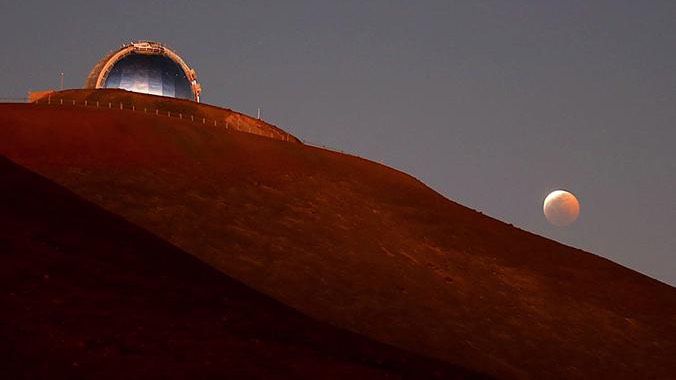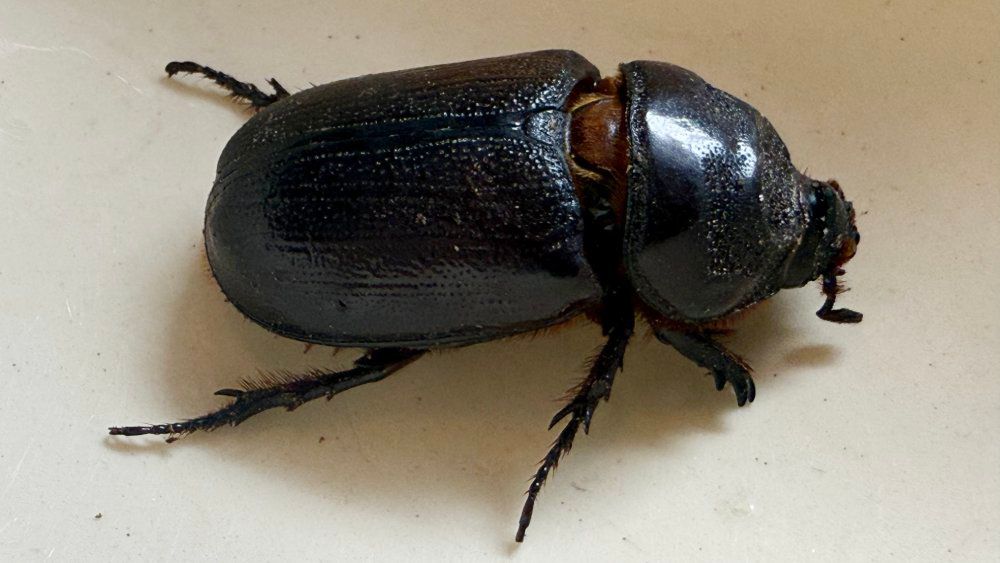The National Aeronautics and Space Administration has selected the University of Hawaii’s Institute for Astronomy to continue maintaining and operating its Infrared Telescope Facility on Maunakea in a contract worth as much as $85.5 million over nine years.
The contract has a base performance period from July 1 to June 30, 2025, with nine optional periods that would take the contract through Dec. 31, 2033.
“The award of a new contract follows a very successful independent review of IRTF operations and scientific productivity last year,” said IRTF director John Rayner. “We appreciate the opportunity to continue to work with NASA and manage this important facility. We are excited to maximize IRTF as a scientific research facility to advance our understanding of the universe while also protecting our planet.”
In addition to maintenance and operation, UH will also develop and implement an operations strategy so that the scientific community can use the facility through peer-reviewed competition to assist NASA in achieving its scientific discovery, mission support and planetary defense goals.
IRTF, a 3.0-meter telescope optimized for infrared observations, identifies asteroids and comets that may pose a threat to Earth. It was originally built to support NASA’s Voyager missions. It has been operated by UH since it started operations in 1979.
“I think this operating agreement speaks volumes about our IfA team that has been working diligently on properly caring for and operating IRTF,” said IfA director Doug Simons. “The telescopes on Maunakea and Haleakala play pivotal roles in our nation’s planetary defense system, on top of their amazing scientific and education value, high-paying jobs and economic impact.”
About half of IRTF’s observing time is reserved for objects within the solar system, and the rest is available for general astrophysics. Observation time is awarded competitively. As a federally funded facility, IRTF makes all observing data available to the public.
Funding for telescope comes from the NASA Near-Earth Object Observations Program in the Planetary Defense Coordination Office of the agency’s Science Mission Directorate in Washington, D.C.
The telescope also provides ground-based observations to support NASA space missions. It has contributed to the Galileo mission to Jupiter in the mid-1990s, and more recently the Juno mission to Jupiter, the Akatsuki mission to Venus (a collaboration with the Japan space agency), and missions to asteroids. As an optical-infrared telescope, IRTF is the ability to conduct daytime observations of planets and comets to within 20 degrees of the sun.
In 2021, IRTF analyzed the characteristics of an asteroid as large as the Golden Gate Bridge that made a close pass by Earth, about five times the distance to the Moon. The NASA telescope played a major role in studying the first collision ever witnessed between a comet and a planet in 1994.
Michael Tsai covers local and state politics for Spectrum News Hawaii. He can be reached at michael.tsai@charter.com.









